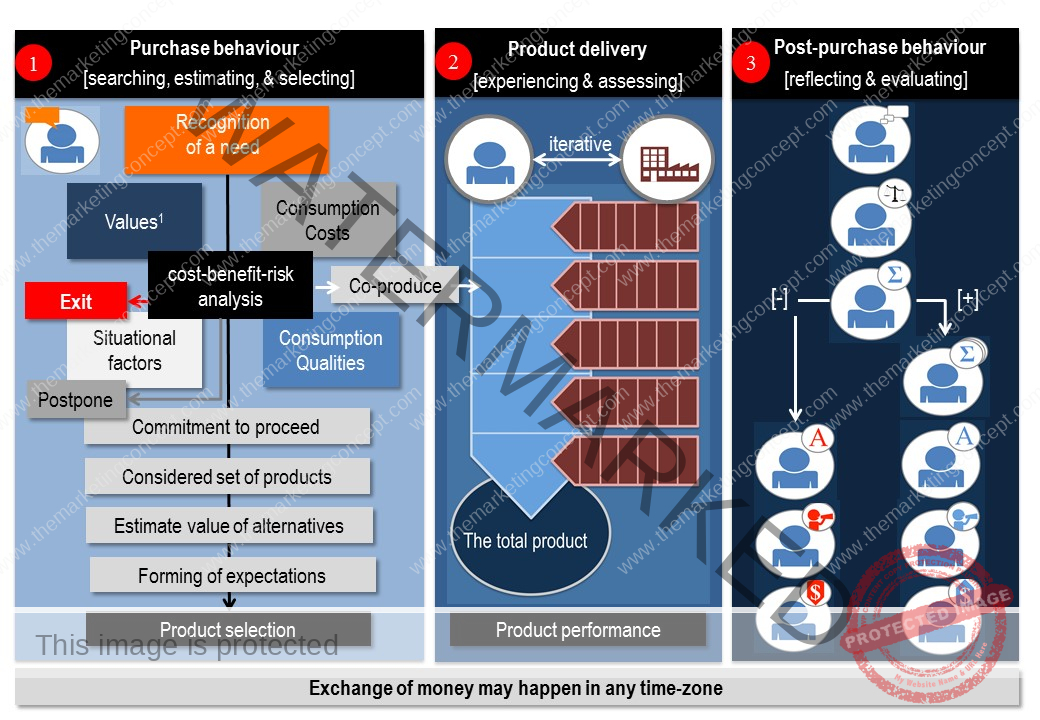
activity: Ted goes shopping
Stephen Fanning
This activity is one of the most important activities of the semester – it is part of the buyer decision process. It can also be a bit of fun. I took this photograph in the Strand Arcade in Sydney – at the time the person, unintentionally, walked into the photo – this proved to be fortuitous as he is now the lead role in an activity. Not knowing his name we have called him Ted. Ted is buying a hat for a forthcoming cricket match Australia V India.


Task: The idea is to explore the first time zone of the buyer decision process. A key point is what are Ted’s motivations [approach or avoid]. The activity is outlined in the student guide and on the videos.
The time allocation is 10 minutes, however, if it is working well allocate some extra time. This activity will save time as it will be a useful reference point when explaining the following model.
An old friend has invited Ted to a test cricket match. Many years ago Ted and his friend played on the same cricket team. In recent years, Ted would normally avoid cricket as it involves a great deal of time in the sun; however, as he is keen to renew this friendship he has accepted the invitation. To avoid sunburn Ted has decided to purchase a hat – he has entered the buyer decision process.
- The buyer decision process begins with the recognition of a need – what is the need?
- Is Ted’s motivation a mix of approach and avoid factors?
- Speculate on what reference groups may influence Ted’s purchase decision?
- What is the role [e.g., Ted’s relationship with the hat shop] in the buyer decision process?
- Outline the other factors [scenarios] that may influence Ted’s decision.
- What if the test match is tomorrow and the weather forecast states that the temperature will be 37oC – will there be a sense of urgency and how will that influence the buyer decision process?
- What if the test match is in 3 weeks – how will that influence the buyer decision process?
- How could Ted’s ability and willingness to spend influence the buyer decision process?
- How could Ted’s relationship [or lack of relationship] with the hat shop influence the buyer decision process?
- Ted’s purchase of a hat could be described as a consequence of agreeing to attend a cricket match – marketing practitioners refer to this as a …………………………………. product.
- If Ted purchases a hat and during the test match is complimented on the hat and it keeps the sun of his face and neck – will Ted enjoy the event to a greater degree – does the hat have an instrumental or terminal value – or cold it have both?
- Then, 2 weeks after the test match Ted is exploring his credit card statement and he notes the cost of the hat. Given the hat has helped him avoid sunburn, has helped him renew an old friendship, has renewed his love of cricket, and he was complimented on his appearance – will Ted be dissatisfied, indifferent, or satisfied with his purchase?
- If Ted is satisfied with the hat and the recommendations of the hat shop – will he be more likely or less likely to shop at the hat shop in the future?
- Identify the 3 time zones in the above vignette:
The buyer decision process [key slides – 3 time zones]

